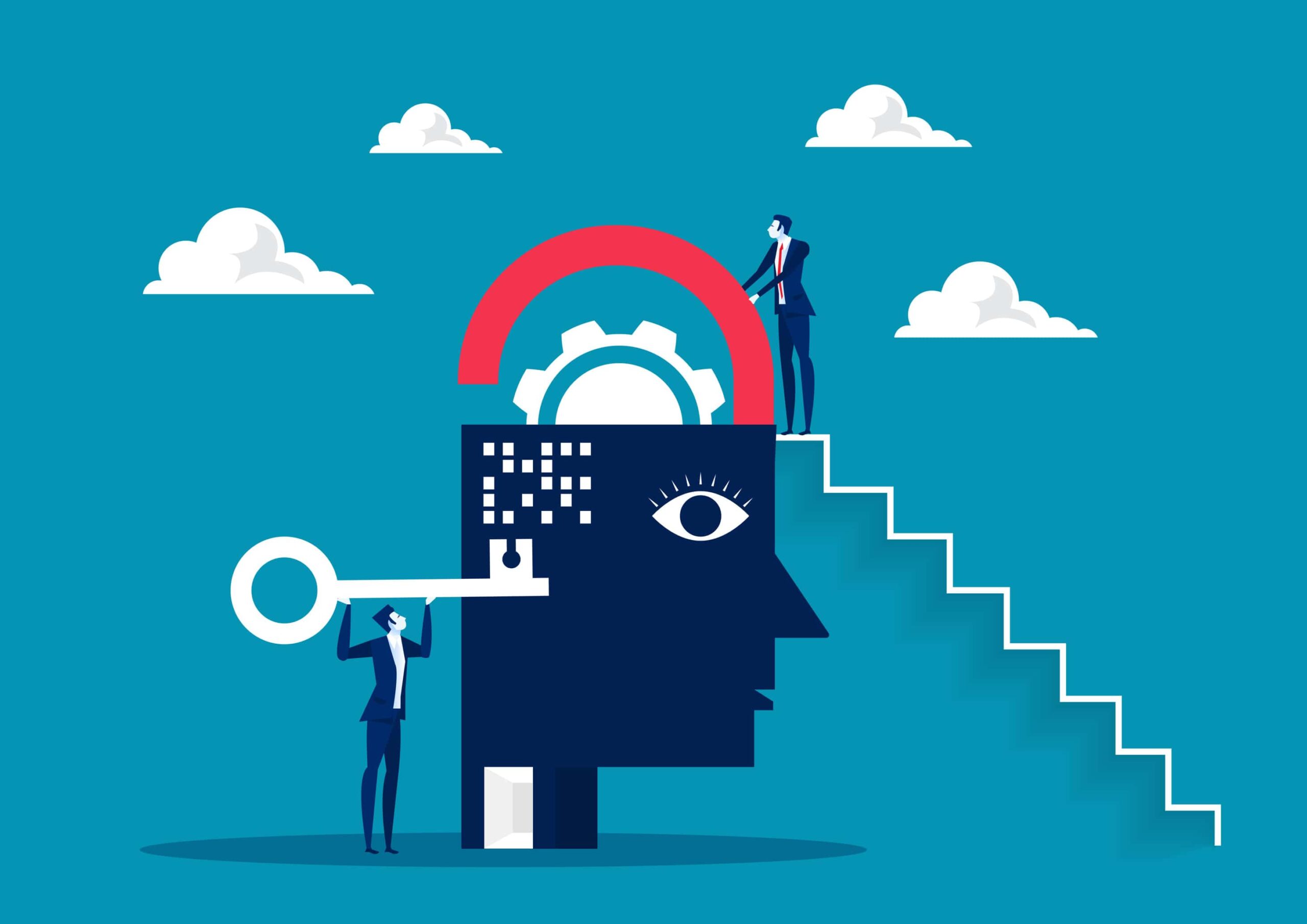Table of Contents
Whether you’re studying for an exam, learning a new language, or mastering a complex skill, memory plays a vital role. This is where mnemonics and visual aids come into play as powerful tools to enhance retention and recall. Mnemonics, which leverage associations and visual imagery, and visual aids, such as diagrams and mind maps, offer creative and effective approaches to learning. By integrating these techniques into your study routine, you can unlock your cognitive potential and make learning a more enjoyable experience.
“The beautiful thing about learning is that no one can take it away from you.” – B.B. King
Understanding Mnemonics: The Art of Memory Enhancement
Mnemonics are memory aids that leverage associations between new information and existing knowledge or vivid imagery. They come in various forms, including acronyms, rhymes, visualization techniques, and memory palaces. The effectiveness of mnemonics lies in their ability to tap into the brain’s natural inclination towards pattern recognition and visual processing.
Acronyms and Rhymes: Creating Memorable Patterns
Acronyms and rhymes are mnemonic devices that capitalize on the human brain’s ability to remember patterns and associations. They are particularly useful for remembering lists or sequences of items by creating a memorable phrase or word using the initial letters of each item.
An acronym is a word formed by taking the initial letters of a phrase or list and combining them into a single word. For example, the acronym “HOMES” is used to remember the names of the Great Lakes: Huron, Ontario, Michigan, Erie, and Superior. By associating these initial letters with the corresponding lakes, individuals can easily recall the entire list by remembering the acronym.
Rhymes involve creating memorable phrases or sentences in which the words rhyme and correspond to the items you want to remember. For instance, the rhyme “Thirty days hath September, April, June, and November” is a mnemonic device used to recall the number of days in each month. By reciting the rhyme, individuals can quickly remember which months have thirty days and which have thirty-one.
Visualization Techniques

Harness the power of mental imagery to make abstract concepts more concrete and memorable. By associating information with vivid mental images, individuals can enhance their ability to recall and retain knowledge.
For example, to remember the order of the planets in the solar system, individuals might employ visualization techniques. For instance, the mnemonic sentence “My Very Educated Mother Just Served Us Noodles” corresponds to the planets Mercury, Venus, Earth, Mars, Jupiter, Saturn, Uranus, and Neptune. By visualizing each word as representing a planet and mentally arranging them in order, individuals can easily recall the sequence of planets from the Sun outward.
Memory Palaces (Method of Loci)
Memory palaces, also known as the method of loci, are mnemonic techniques that leverage spatial memory to organize and recall information. This ancient method involves mentally associating pieces of information with specific locations in a familiar environment, such as a house or a route. As individuals mentally navigate through these locations, they can retrieve the information stored at each point.
To use the method of loci, individuals first choose a familiar location, such as their home or a well-known route. They then mentally associate each piece of information they want to remember with specific locations or landmarks along this route. When they need to recall the information, they mentally “walk” through the route, retrieving the information stored at each location.
Suppose someone wants to memorize a grocery list consisting of milk, eggs, bread, and apples. They might associate milk with the front door, eggs with the kitchen counter, bread with the dining table, and apples with the fruit bowl. When they arrive at the grocery store, they mentally “walk” through their memory palace, visualizing each item in its corresponding location to recall the entire list.
Harnessing the Power of Visual Aids

Visual aids complement mnemonics by providing graphical representations of information. They help organize complex concepts, facilitate understanding, and enhance memory retention through visual processing. Common types of visual aids include diagrams, charts, graphs, and mind maps.
Diagrams and Charts
Diagrams and charts are like pictures that show how things are connected or how they work. They are good for explaining relationships between things, like how steps in a process fit together, or how things are organized in a structure. Imagine you’re learning about the water cycle in science class. A diagram could show how water evaporates from the ocean, forms clouds, and then falls back to the ground as precipitation. This visual representation helps you understand the process step by step, making it easier to remember.
In history class, when studying the causes of World War I, a chart could outline the alliances between different countries. By seeing these alliances visually represented, you can grasp the complex network of relationships that contributed to the outbreak of the war.
These pictures help to make complicated ideas easier to understand because they give us visual clues. When we see these pictures, our brains remember the information better, and we can recall it faster when we need to.
Mind Maps
Mind maps are also like pictures, but they show how different ideas are linked together. They start with a main topic in the middle, and then other ideas branch out from there. It’s like drawing a tree with branches coming out from the trunk. Mind maps are great for thinking about things in a creative way because they let us see connections between ideas that might not be obvious.
Suppose you’re brainstorming ideas for a school project on renewable energy. You start with the main topic “Renewable Energy Sources” in the center of your mind map. Then, branches extend outward, representing different types of renewable energy like solar, wind, hydroelectric, and geothermal power. Sub-branches under each type might include advantages, disadvantages, and real-world examples. This mind map helps you organize your thoughts and see how different aspects of the topic relate to each other.
Integrating Mnemonics and Visual Aids into Learning

To maximize the benefits of mnemonics and visual aids, it’s essential to integrate them into your learning process effectively. Here are some tips for incorporating these techniques into your study routine:
Identify Key Information:
This means figuring out what’s most important for you to remember. Think about the main ideas or facts that are really crucial for understanding the topic you’re studying. You want to focus on these key things before you start using tricks to help you remember them better.
Choose Appropriate Mnemonics:
Mnemonics are like memory shortcuts that can make it easier to remember stuff. But not all tricks work the same for everyone. So, you should pick the ones that fit the way you learn best. Try out different tricks like making up a catchy phrase, thinking of rhymes, or making mental pictures. See which ones help you remember things the most.
Create Visual Representations:
Sometimes, information can be hard to understand if it’s just words on a page. That’s where visuals come in handy. You can turn those tricky concepts into pictures or diagrams. This makes it easier to understand and remember them. You can use colours, drawings, or symbols to make your visuals more fun and interesting.
Practice Retrieval:
Once you’ve used your tricks and made your visuals, it’s important to practice remembering the information. You can quiz yourself or explain the concepts to someone else. This helps reinforce what you’ve learned and makes sure you remember it for a long time. Keep going over the material regularly. The more you practice, the better you’ll remember it.
Adapt and Refine:
Finally, keep an eye on how well your tricks and visuals are working. If something isn’t helping you remember as much as you’d like, don’t be afraid to try new things. Maybe a different trick or a change in your visuals will work better. It’s okay to experiment and make adjustments based on what helps you learn best.
Conclusion Mnemonics

Ready to boost your memory? Mnemonics and visual aids offer powerful tools for enhancing memory, understanding complex concepts, and improving learning outcomes. By leveraging associations, imagery, and visual representations, you can make information more memorable and accessible. Whether you’re studying for exams, learning a new skill, or exploring a topic of interest, incorporating mnemonics and visual aids into your study routine can make the learning process more efficient, effective, and enjoyable. Experiment with different techniques, embrace your creativity and unlock your full cognitive potential.















